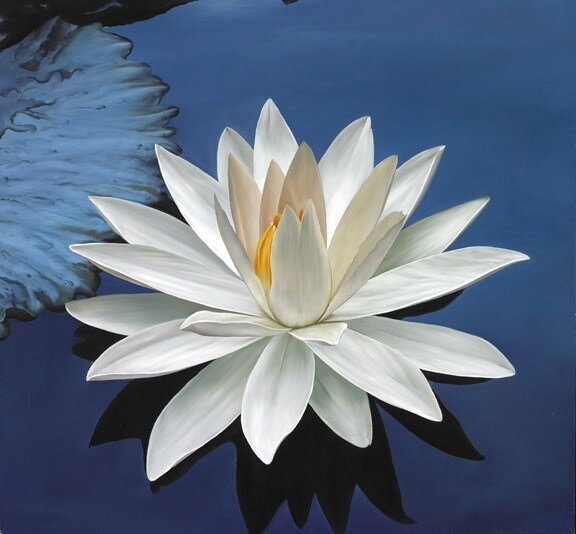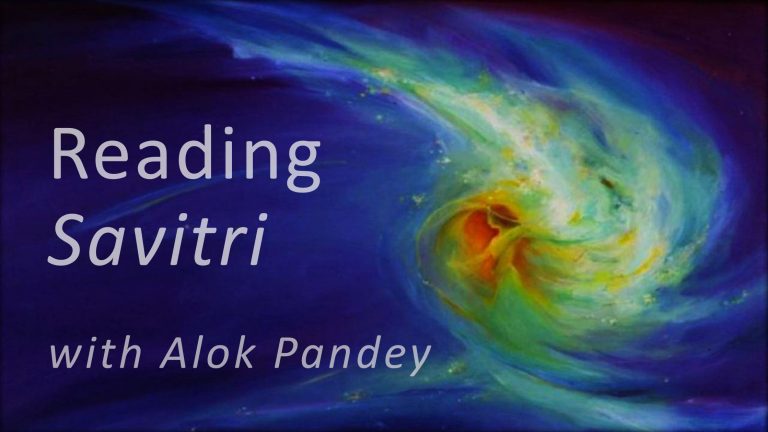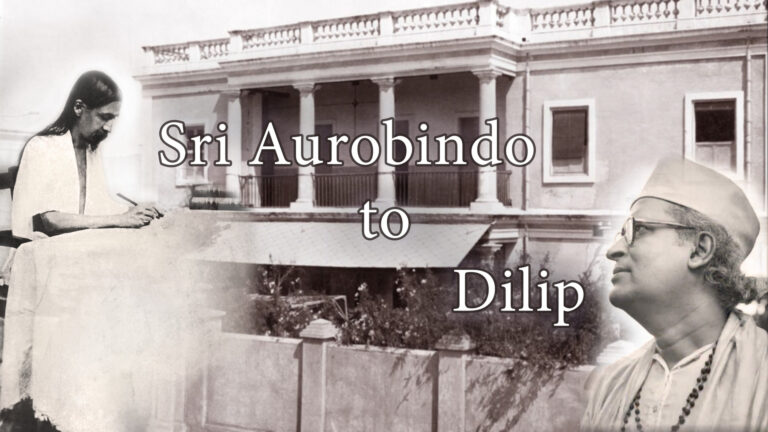The Vedas, the Upanishads, the Gita and various other shastras bring home some profound spiritual truths for mankind. There are also books such as the Gita that beautifully combine spiritual philosophy, spiritual practices as well as spiritual vision and experience. But what we still miss is a living example, an embodiment of spiritual reality or its seeking and realization, a living personality that can inspire rather than instruct, a living philosophy that seeps into our very veins rather than awakens the mind, a practice that is brought home merely by the fact that someone lived that way.
It is this deeper need of humanity that is fulfilled by these epics and narratives. Not only do they contain profound spiritual philosophy and practice of spiritual truths but above all set before us an example of God Himself when He descends clothed in our humanity. It becomes the new standard, the yardstick to be applied, the way to be lived and followed. We normally categorise stories based on their essence, or rasa as it is called in Indian thought, as love, bravery, horror etc. Or else we label them as history or fiction based on whether it is true or not. Or else we classify them, depending upon the subject, as philosophy, occult, psychology, science, art etc. But this is still a divisive vision. When a book combines all these contrasting opposites and much more, then we have a grand epic, a story of the human soul, its struggle and battle against forces that oppose and deny its passage, its rise and fall and eventual victory where forces tangible and occult join hands for or against the triumphal march of God in man.
 Above all we see in them God stepping forward into the play, in its very midst and thereby we can understand something of His ways of working in us. What is hidden is laid bare, what is concealed and occult stands revealed in the light of the seer-vision. It is this totality that we find in a ‘myth’. A myth is not fiction nor is it merely a factual truth of appearance. It is rather a superb attempt to present or rather reveal or share a many-sided, many layered, multi-dimensional Reality as it was revealed to the seers. It addresses at once the heart and the mind, the senses and the soul; the vital and even the physical itself get engaged as the myth proceeds. At least that is how most Indian myths and legends, especially the Ramayana, the Mahabharata, the Bhagavat and some other Puranas come alive before the consciousness of the reader.
Above all we see in them God stepping forward into the play, in its very midst and thereby we can understand something of His ways of working in us. What is hidden is laid bare, what is concealed and occult stands revealed in the light of the seer-vision. It is this totality that we find in a ‘myth’. A myth is not fiction nor is it merely a factual truth of appearance. It is rather a superb attempt to present or rather reveal or share a many-sided, many layered, multi-dimensional Reality as it was revealed to the seers. It addresses at once the heart and the mind, the senses and the soul; the vital and even the physical itself get engaged as the myth proceeds. At least that is how most Indian myths and legends, especially the Ramayana, the Mahabharata, the Bhagavat and some other Puranas come alive before the consciousness of the reader.
Therefore, we need to engage with a myth of such great value as the Ramayana and the Mahabharata, not just with our analytical mind but with our entire being. In fact, it is story and like any other story we should not be in a hurry just to analyse its meaning. In any well-written story the meaning discloses itself directly to our inner being. In this sense it is more like a proverb which may or may not be literally true statement yet carries within it a profound truth that is best conveyed through the proverb. But like the proverb it needs a holistic rather than an analytical mind to arrive at its intrinsic sense. With a myth there is more, in fact much more than merely an intrinsic meaning. Identifying with them through the act of reading we share this vision and understanding and grow into its subtlety and profundity of vision. But analyzing it with the surface mind and its heavy reliance on data and outer images which alone it regards as true, we lose the meaning and the essence of what the myth represents. The real value of these epics lies in their divine core and the spiritual substance that runs through the epic nourishing our souls rather than merely informing our minds or stimulating our vital. This spiritual element is what remains in the end as an essence or an aftertaste of the epic.



About Savitri | B1C1-09 Advent of the Divine Mother (p.4)